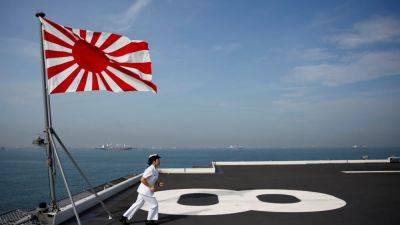Why does South Asia have the world’s worst air pollution?
Smog-ridden cities in Bangladesh, Pakistan and India had the poorest air quality last year, says report.
In 2023, Bangladesh recorded the worst air quality of 134 countries monitored by the Swiss climate group, IQAir. Pakistan and India were close behind, with the report showing that South Asia suffers from the worst pollution in the world overall.
Here are some insights from the report and what it tells us about the South Asian countries’ governments.
The report provides an overview of PM2.5 air quality data from 7,812 cities across the world. PM2.5 refers to fine particulate matter which is 2.5 microns or smaller in diametre and is dangerous because it can pass deep into the human respiratory tract. These particles are released during natural events such as dust storms and wildfires, or can be caused by human activities such as coal burning or agricultural work.
According to World Health Organization (WHO) guidelines, average annual levels of PM2.5 should not surpass 5 micrograms per cubic metre. Only 10 countries listed in the report comply with this standard, however. They include French Polynesia – which has the cleanest air in the world according to the report – New Zealand, Finland and Estonia, among others.
Bangladesh’s PM2.5 levels stand at 79.9 micrograms per cubic metre, nearly 16 times higher than the WHO recommends. Pakistan scored 73.7 while India’s air had 54.4 micrograms of PM2.5 particles per cubic metre on average over the last year.
Within each of the countries monitored by IQAir, air quality can vary hugely from city to city.
Begusarai, the industrial and financial capital of India’s Bihar, with refineries and power stations, had a whopping 118.9 micrograms of PM2.5 particles per cubic metre on







